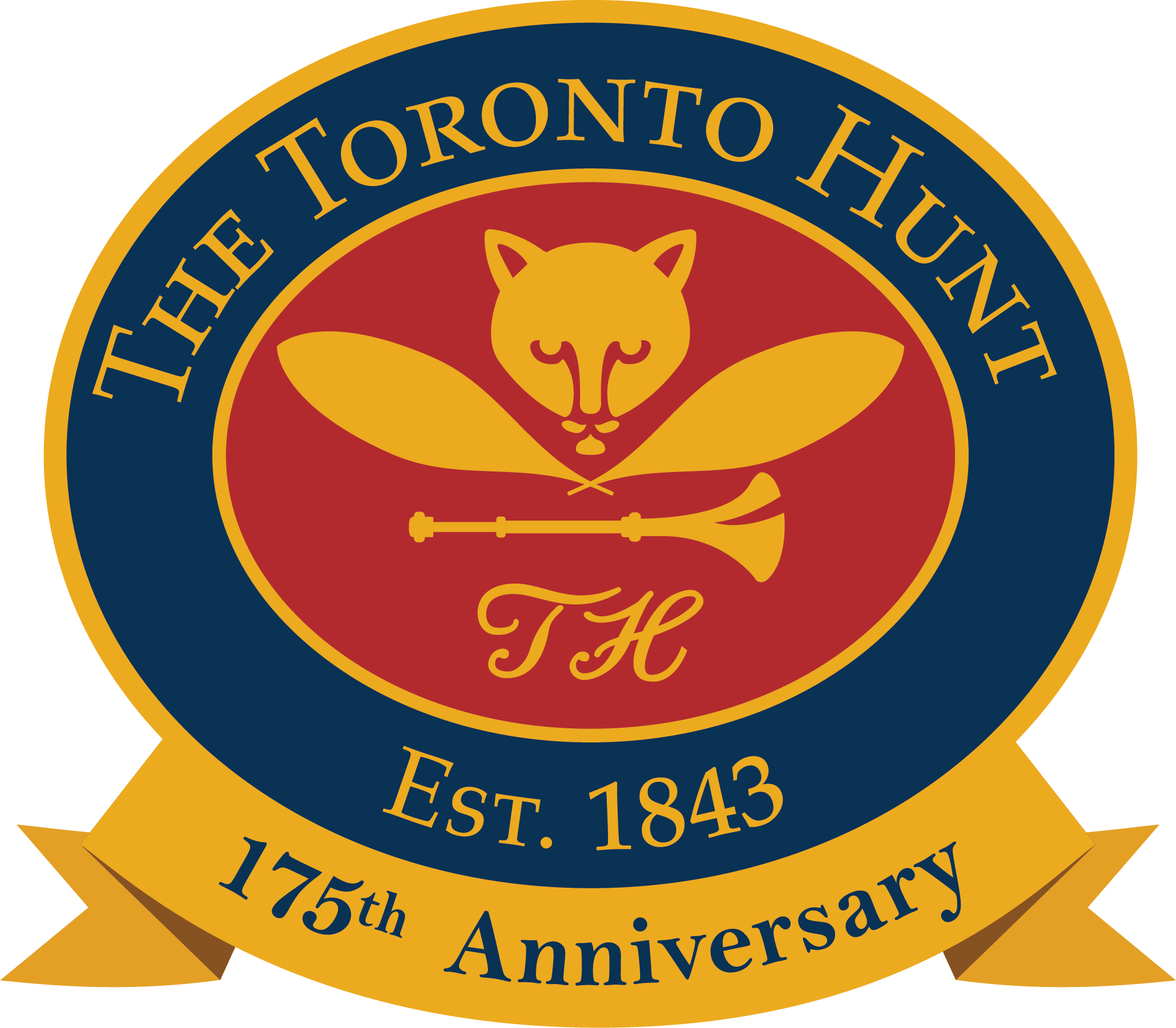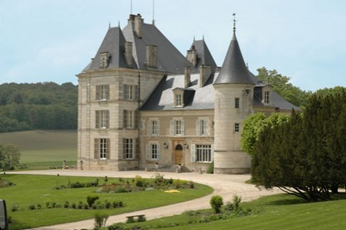The Wandering Somm - Jean-Remy Rapeneau - G.H. Martel Champagne
By: Marcel Bregstein CCM/Sommelier
Assistant General Manager
The Toronto Hunt
The Rapeneau family has been established in Champagne for over a hundred years. One of the richest stories of the Champagne. Over the generations the family has developed and handed down a heritage and know-how dominated by the conquest spirit and quest for excellence.
Born in 1869 in the prestigious Avenue de Champagne in Epernay, G.H. Martel is now located in Reims. The House and its Crayères belong to a world of excellence that has carried us through the generations.
Ernest Rapeneau, Jean-Remy’s great-grandfather, started as a wine merchant and trader in the 1900s in Hautvillers. His son Bernard took over the torch. In 1979, he bought the G.H. Martel house with his two sons. Jean-François oversaw the commercial side. Christophe, Jean-Remy's father, was the group's oenologist. At the same time, the two brothers who believed in the terroir, very quickly wanted to invest in the vineyard. They started planting in 1973 and managed to bring together a 200-hectare estate of their own spread over 64 villages, fully HVE level 3 certified, to which is added the supply of 700 hectares cultivated by 500 partner winegrowers. In 1999, they bought the Château de Bligny, the only Récoltant manipulant château in Champagne, with a 30-hectare vineyard on the Côte des Bar. Finally, in 2003, they acquired Maison Charles de Cazanove. Today, they are one of the most important independent family groups.
Jean-Remy has been a good friend throughout the years. He has been extremely supportive of me and all my attempts to the Guiness World Record challenges. In 2015 the Rapeneau family invited me to their Magestic Bligny Chateau to receive the L’Ordre des Coteaux de Champagne.
Most of us do not understand all the labour and time that it takes to produce this precious sparkling wine. Champagne is a fascinating beverage with a rich history and meticulous production process that contributes to its distinctive sparkle and flavor. Here's a breakdown of the key points about “The Champagne Method”:
Initial Fermentation: Sparkling wine begins as still wine. For Champagne, a blend of Chardonnay, Pinot Noir, and Pinot Meunier is typically used. The base wine undergoes primary fermentation to develop its initial flavors.
Secondary Fermentation: The base wine is bottled with a fresh dose of yeast and sugar. This initiates a second fermentation in the bottle, where carbon dioxide (CO2) is created and dissolved into the wine, giving Champagne its bubbles.
Remuage: To remove the dead yeast cells without affecting the bubbles, bottles are gradually inverted from horizontal to upside-down over a period of weeks. This process collects the sediment in the bottle's neck.
Disgorging: The neck of the bottle is frozen to create a solid plug of sediment. The bottle’s cap is removed, and the pressure from the CO2 ejects the plug of yeast.
Dosage and Corking: A "dosage" of reserved wine (and sometimes sugar) is added to adjust sweetness levels. The bottle is then corked and wired, finalizing the Champagne.
The regions and soils are the reason Champagne can taste different depending on where the grapes grow. Here are the 6 regions of Champagne:
Reims is the largest town in the Champagne region, with a population of 190,000. Extended from northwest of Reims to Epernay, the Montagne de Reims wine region is very qualitative. It owns numerous Champagne Grands Crus and Premiers Crus. Reims is also home to several champagne houses from Veuve Clicquot, Pommery and Ruinart to G.H. Mumm, Krug, and Louis Roederer.
Just south of the city of Reims lies Montagne de Reims flanked by the two rivers, the Vesle to the north and the Marne to the south. Montagne de Reims forms a broad headland carpeted with woodland and is home to many idyllic villages that produce wine with the coveted Grand Cru status. The 9,000 hectares of vines benefit from a diversity of terroirs, a combination of limestone clay and chalk soils, which contributes to the specificity of these wines. It is here that you find villages such as Verzenay, Verzy, Bouzy and Ambonnay, all of which are known for their top quality Pinot Noir grapes. However, amidst the Pinot Noir haven, you have a few villages famous for Chardonnay, Trépail and Villers-Marmery.
The Marne Valley (or Vallée de la Marne) is a half-an-hour drive south of Reims. This takes you to the small village of Aÿ, which is home to several famous champagne houses, such as Bollinger, Deutz and Ayala. Vineyards thrive on steep hillsides, mostly on either side of the river. The Marne Valley stretches from Épernay in the east to Montreuil-Aux-Lions in the west. This region, of 8,000 hectares of vines, continues tens of kilometers west of Aÿ as farmland mostly dedicated to Pinot Meunier, because the frost-prone conditions of the valley are best suited for the variety. This sub-region’s most majestic wines come from Aÿ and its close neighbours Mareuil-sur-Aÿ, Dizy, Hautvillers and Cumières.
Côte des Blancs is in the south of Epernay. Côte des Blancs wine region expends 20 km with 3300 hectares. The region includes twelve villages, 6 of which are classified as Grand Cru. Its name comes from the main white grape variety planted there: Chardonnay. Thanks to the hillside’s east orientation, the west wind protects the vineyard. Côte des Blancs is special because it benefits from the oceanic climate as well as continental. So, it gets a lot of sunshine and the perfect temperature for the development of Chardonnay. The soil is mainly composed of limestone.
Épernay is located at the meeting point between the three major sub-regions of Champagne, is often cited as the capital of Champagne. Épernay’s most inviting tourist destination, avenue de Champagne, is like the Champs-Elysées of Champagne, featuring producers such as Moët & Chandon, Pol Roger and Perrier-Jouët.
The Côte des Bar is separated from the core district of Champagne lies the Côte des Bar or Aube, which is actually closer to Chablis in Burgundy than Champagne. Côte des Bar lies right to the south of the Champagne AOC area, south-east of Troyes. The drive to Aube from Épernay is about a hundred kilometers. The vineyards benefit from ocean climate. Pinot Noir, Pinot Meunier, and Chardonnay are planted in different soils, marl, limestone, and clay. The region comprises of 62 regions. Out of the 8000 hectares, 800 hectares are located in Les Riceys. This area owns the three appellations: Champagne, Coteaux Champenois and Rosé des Riceys produce from Pinot Noir grape variety.
Côte des Bar is famous for its fruit-forward Pinot Noir. The quiet and beautiful small villages, such as Les Riceys, which is famous for its rosé wine, and Charles de Gaulle’s home village Colombey-les-Deux-Églises are charming. Increasingly sought-after are also the fine Chardonnays from the hills of Montgueux east of Troyes. The region’s most famous house, Drappier, is a must to visit but there are also a handful of great grower-producers worth visiting and tasting.
Côtes de Sezzane is on South of Vallée de la Marne, Champagne, and Côte des Blancs. In fact, it is a continuation of Côte des Blancs, also dominated with Chardonnay grape variety. Here vineyards are planted on chalk, limestone and Sparnac clay soils, and they benefit from the south-east sun exposure together with a humid oceanic climate. These create conditions for the grapes to produce softer and more round wines. The wines do not possess the same ageing capacity as the champagnes of the Grand Cru villages of Côte des Blancs.
I highly recommend Victoire from the G.H. Martel house. To me is the best value Champagne at the LCBO.
Straw colour with fine bubbles; brioche, floral and nutty aromas with a citric note; extra dry, toasty, nutty and dried lemon fruit flavours with lively acidity to finish.
Marcel Bregstein's education in the club management field includes degrees in business, F&B and Catering Management, Club Operations, and Sommelier training. Since 1997, Marcel has held several positions at The Toronto Hunt, first as the F&B Manager, then Clubhouse Manager, and today serving as the Assistant General Manager. Marcel achieved his CCM designation in 2017. Marcel was inducted into the “Ordre des Coteaux de Champagne” in 2015 and was knighted by Mr. Taittinger and bestowed the title of “Chevalier.” Marcel has attempted to break the Guinness World Record for the most bottles sabered in one minute; he is currently ranked second in the world. He has raised over $500,000 for the Michael Garron Hospital and other charitable foundations. Marcel has been published in several magazines, interviewed on TV, and is currently filming a wine show set to air in 2025. Click here for a sneak peek!










